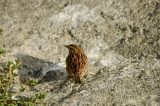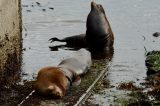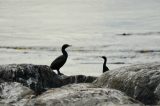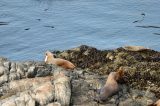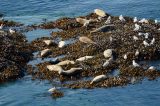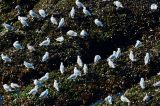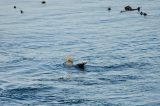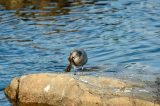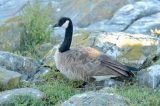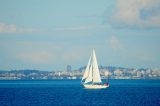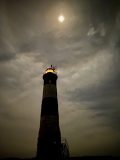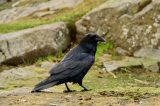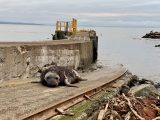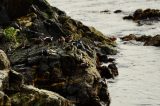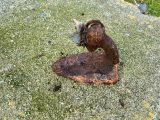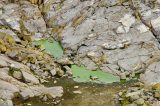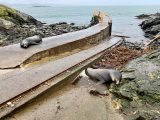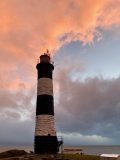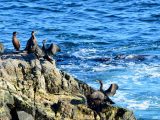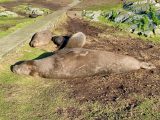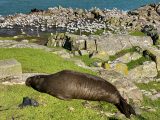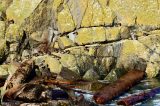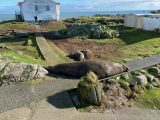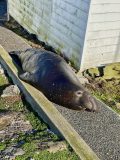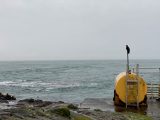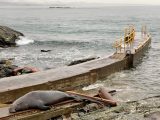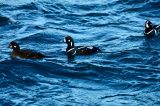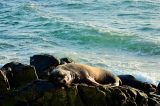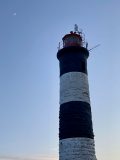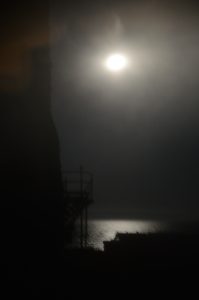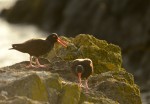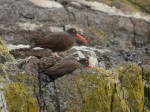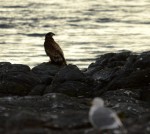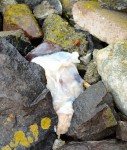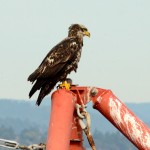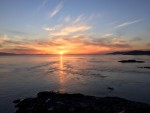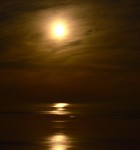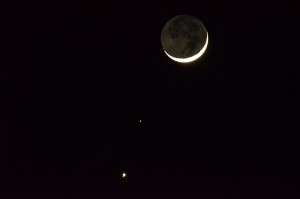Wind: W 2-15 knots
Sea State: calm
Visibility: 5-15 NM
Sky: partly cloudy in early morning, then clear
Temperature: 11-17 °C
Atmospheric CO2: 411.90 ppm (recorded by NOAA at Mauna Loa Observatory, Hawaii)
Census results recorded this morning at low tide for the mammals and throughout the day for the birds:
26 steller sea lions
110 california sea lions
1 sea otter
290 harbour seals
1 Canada goose
7 pelagic cormorants
1,232 california gulls
251 glaucous-winged gulls
98 gull chicks
2 black oystercatchers
7 black turnstones
1 song sparrow
There were a lot of eco tourism boats passing through the ecological reserve today. An outrigger canoeist paddled through the main channel in the mid morning and again in the early afternoon.
Tomorrow is my last day as the Ecoguardian. Mara and Kai are returning for a few months. I have enjoyed being back on this wonderful island for the past 17 days, learning on the edge where the land meets the sea meets sky. Race Rocks is a unique place that couldn’t exist without the work of Pearson students, staff, faculty, alumni and volunteers.
Here are some sights from around the island today:
- Song sparrow
- Three california sea lions on the boat ramp at low tide
- Pelagic cormorants
- Steller sea lion with flasher
- California sea lion with what appears to be a healing neck entanglement. There is an orange tag on its right front flipper which might be C7. The other digits aren’t legible. This tag might indicate the animal was rescued.
- Sea otter in the calm water by Middle Rocks
- Harbour seals on South Seal Rocks at low tide
- California gulls at low tide
- At first, I thought this harbour seal was a sea otter. It appears to be resting on a rock just below the surface.
- Male steller sea lion roaring at other sea lions
- A young gull with kelp
- This Canada goose was drinking out of the standing water near the east side of the house.
- Moon rising
- Sunset

